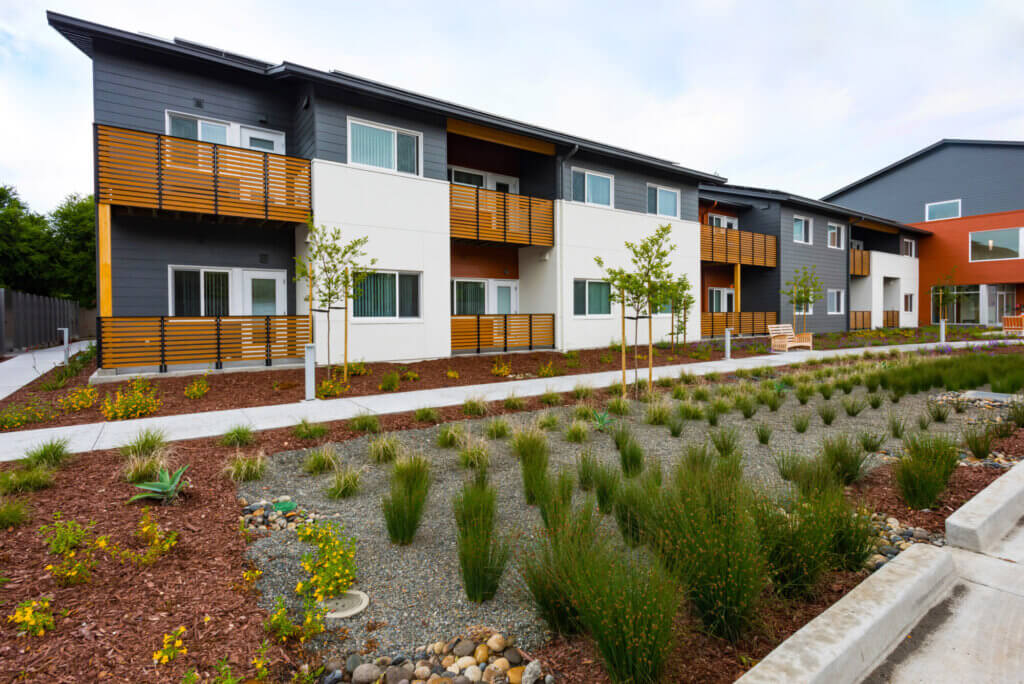Terner Center Releases New Study on California’s SB 375
Published On July 5, 2018
Today, the Terner Center for Housing Innovation has released a new study: California’s SB 375 and the Pursuit of Sustainable and Affordable Development.
This year marks the 10-year anniversary of the Sustainable Communities and Climate Protection Act, also known as SB 375. SB 375 has been hailed as one of the nation’s most transformative policy frameworks for addressing climate change at the state level through local land use and planning processes. It is intended to drive development to transit-accessible places in order to reduce car dependency, vehicle emissions and greenhouse gasses.
What are the implications of SB 375 for housing planning and production since it was passed in 2008? What are some of the strengths and weaknesses to the ways that the bill has altered the planning process? These were some of the key questions explored in our study, with the answers pointing towards important policy opportunities for further aligning and achieving sustainability and housing goals across California. Read a summary post on our blog here.





